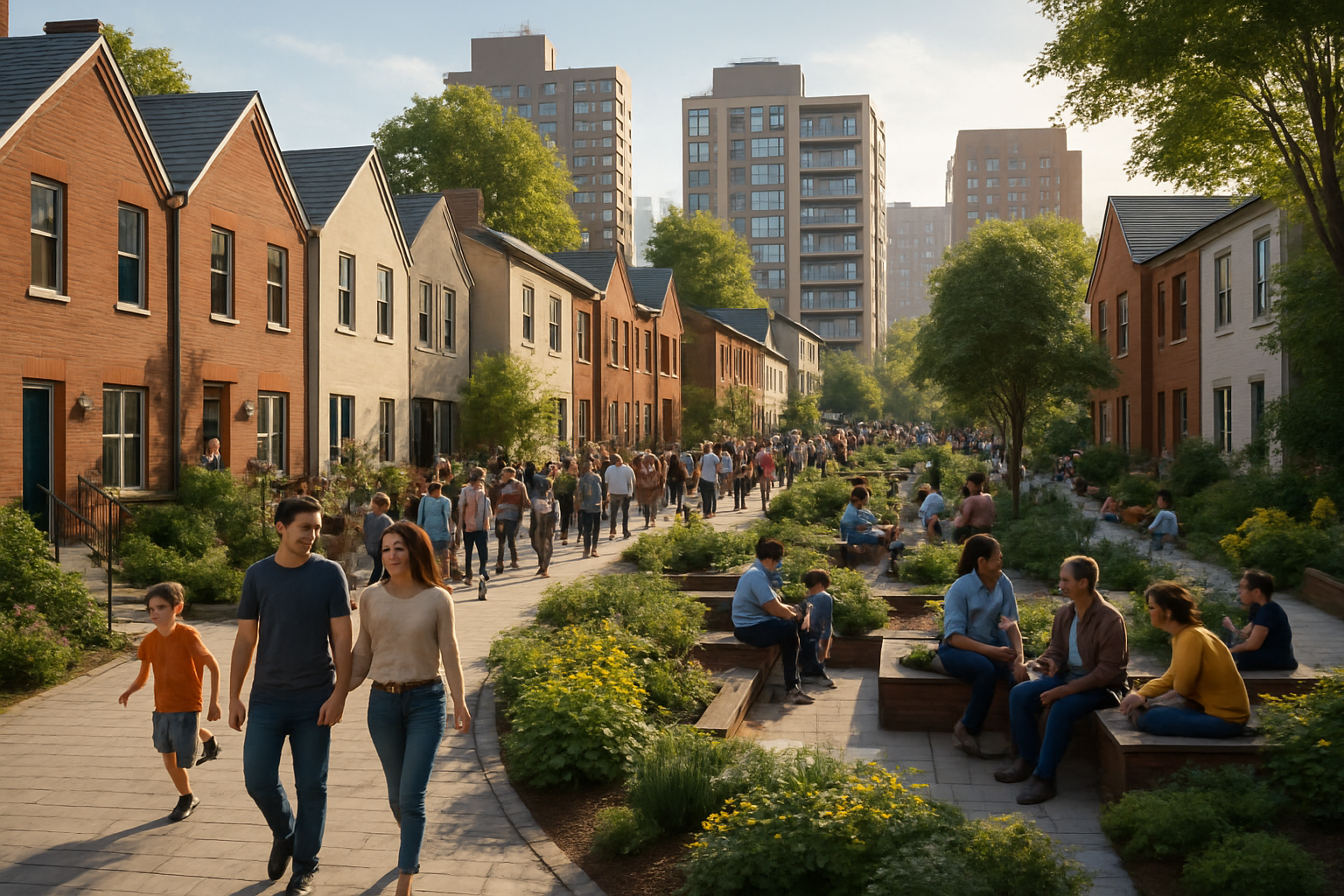Zoning Laws and the Future of Urban Agriculture
Introduction: In an era of rapid urbanization and growing food insecurity, cities are turning to innovative solutions to feed their populations. One such solution gaining traction is urban agriculture. However, the expansion of farming within city limits often clashes with traditional zoning laws, creating a complex legal landscape that challenges policymakers and urban planners alike.

The Historical Context of Zoning Laws
Zoning laws have been a cornerstone of urban planning since the early 20th century. These regulations were originally implemented to separate incompatible land uses, such as keeping industrial facilities away from residential areas. The primary goal was to protect public health, safety, and welfare by preventing nuisances and maintaining property values. As cities evolved, zoning codes became increasingly complex, dividing urban areas into distinct zones for residential, commercial, and industrial use. Agriculture, traditionally viewed as a rural activity, was often excluded from urban zoning considerations entirely.
The Clash Between Urban Agriculture and Zoning Regulations
The resurgence of interest in urban agriculture has exposed the limitations of traditional zoning laws. Many cities find their existing regulations ill-equipped to handle the unique challenges posed by urban farming. Common issues include restrictions on the types of structures allowed in residential areas, limitations on commercial activities in neighborhoods, and concerns about noise, odors, and pests associated with agricultural practices. These conflicts have led to legal battles and policy debates in municipalities across the globe, as advocates for urban agriculture push for changes to accommodate this growing trend.
Legal Innovations and Policy Responses
In response to the growing demand for urban agriculture, many cities have begun to revise their zoning codes. Some municipalities have created new zoning categories specifically for urban agriculture, while others have adopted overlay districts that allow for agricultural uses in certain areas. For example, Detroit, Michigan, amended its zoning ordinance in 2013 to permit urban gardens and farms in residential areas, recognizing the potential of urban agriculture to revitalize vacant lots and improve food access. Similarly, San Francisco, California, passed the Urban Agriculture Incentive Zones Act, which provides tax incentives for property owners who dedicate their land to agricultural use for at least five years.
Balancing Interests: Challenges and Considerations
While progress is being made, the integration of urban agriculture into existing zoning frameworks remains challenging. Policymakers must balance the interests of urban farmers with those of neighboring residents and businesses. Key considerations include:
-
Health and safety regulations: Ensuring that urban agricultural practices do not pose risks to public health or environmental quality.
-
Scale and intensity: Determining appropriate limits on the size and scope of urban farming operations in different zones.
-
Aesthetic concerns: Addressing potential impacts on neighborhood character and property values.
-
Resource management: Developing guidelines for water usage, waste management, and other environmental factors.
-
Economic implications: Considering the potential for job creation and local economic development through urban agriculture.
The Role of Courts in Shaping Urban Agriculture Policy
As cities grapple with these challenges, courts have played a crucial role in interpreting and shaping urban agriculture policies. Legal precedents are being established that will influence future zoning decisions and regulations. For instance, in Midwest Organic Recycling v. St. Charles County, a Missouri court upheld the county’s right to regulate composting operations, highlighting the need for clear definitions and standards in urban agriculture zoning. These judicial decisions are helping to clarify the boundaries between traditional zoning principles and the evolving needs of urban agriculture.
Looking Ahead: The Future of Urban Agriculture and Zoning Law
The intersection of urban agriculture and zoning law represents a dynamic area of legal and policy development. As cities continue to experiment with different approaches, a new body of law is emerging that could reshape urban landscapes and food systems. The trend towards more flexible and inclusive zoning regulations reflects a broader shift in urban planning philosophy, one that recognizes the multifaceted benefits of integrating food production into the urban fabric.
In conclusion, the legal framework surrounding urban agriculture is still evolving, with cities serving as laboratories for innovative policies and regulations. As this field continues to develop, it will be crucial for policymakers, urban planners, and legal experts to collaborate in crafting zoning laws that support sustainable urban food systems while addressing the complex needs of modern cities. The future of urban agriculture will depend on striking a delicate balance between encouraging local food production and maintaining the order and functionality of urban environments.





